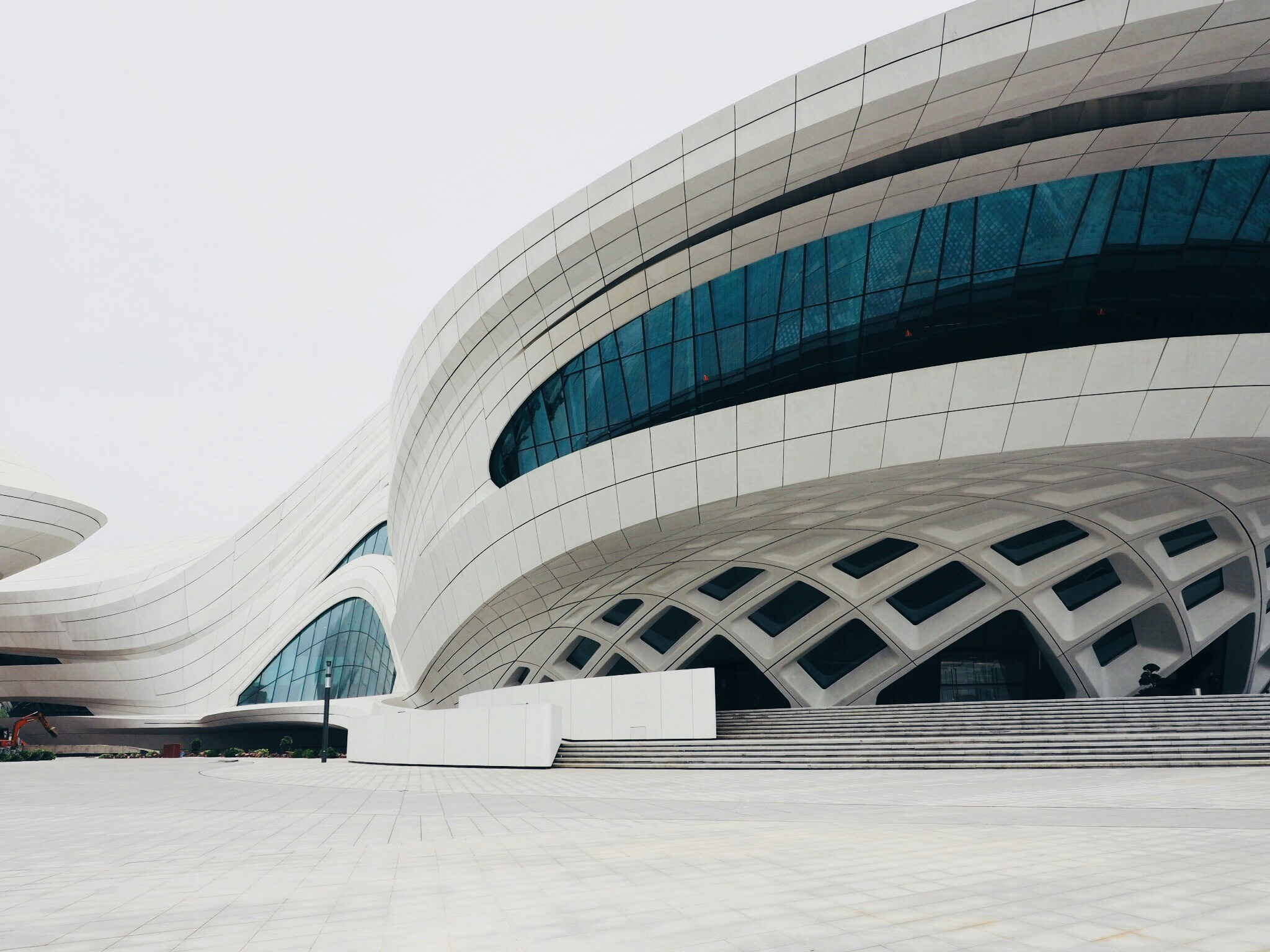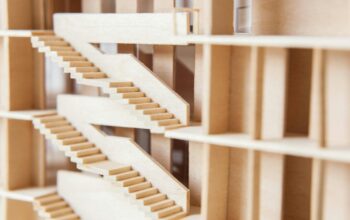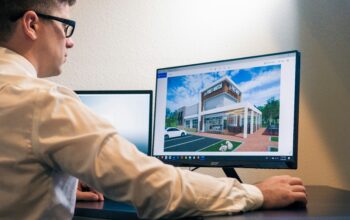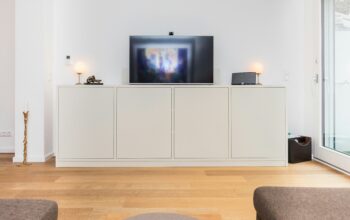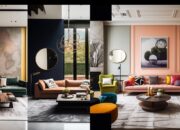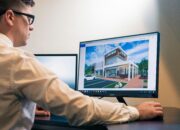Uzone.id – The profession in architecture has had to evolve with new technologies that are in use in the modern world. VR and AR are now conventional applications in the architectural design and conveying the images of the designed building or structure. Both technologies provide new approaches to the representation of design concepts, collaboration, and meaning-making processes for clients.
There would be a totally computer generated atmosphere in architecture through these technologies and for this VR is utilized. Users are able to ‘stand inside’ a building design in a way that has not been possible previously. With this technology architects can view the building design from various perspectives, find flaws, and most of all get a better feel of the(scale and proportions).
“Virtual Reality allows us to ‘inhabit’ our designs before they actually exist. It’s a quantum leap in the way we interact with architectural design.” – Marc Pelletier, Design Director at Gehry Partners, a renowned architectural firm known for designing iconic buildings such as the Walt Disney Concert Hall.
AR, on the other hand stands for Augmented Reality which overlays digital objects on the physical ones. Some examples include, when an architect wants to see the real design in the real world, he or she will use the smartphone or AR glasses to see the model of the design in three dimensional form. This makes it possible to see how the building will look like in the site even as the construction is not complete.
In contrast, the innovative applications of VR and AR are most relevant to architecture where the high benefits are expected for every architect. In this respect, the effectiveness of VR and AR is that architects and clients achieve a better understanding of the created design. One can even notice how natural light gets into the room, how the materials appear in different lighting conditions, and how the space is going to be at scale.
Subsequently, architects are able to identify problems in their design prior to an actual construction. Problem solving, change, and redesign processes are time consuming and expensive and therefore, design issues can be best solved if tackled at the beginning of the design process.
VR and AR can also increase collaboration effectively especially if the implementing team is a large one. This shows that efficiency can be made through virtual work. Design teams are often geographically distributed and with the help of a VR setting they are able to cooperate in real time as if they were in the same space.
That is why clients also can give more detailed and relevant feedback when they meet the design in VR/AR space due to more efficient cooperation.
The last positive effect of incorporating VR and AR is that it can offer a better experience especially from the client’s perspective. This is due to the appealing display that VR and AR have to offer to the enthusiasts and you can quote me on this. This assists in the design presentation so that it becomes easier for clients to understand since they may not be well conversant with architectural languages.
“Clients often struggle to visualize architectural designs from just images or mockups. VR provides a much more immersive experience, allowing them to more easily understand and provide feedback on the design.” – Rachel Whiteread, Installation artist also known for her architectural work, who has used VR to present her projects.
Due to the comprehensibility of the presentation, the clients are in a position to make appropriate choices. Therefore, clients can make more effective use of it and to a large extent visualize how they will be using the space.
Among the above mentioned advantages, it shall have a direct bearing on cost efficiency. This is so because physical prototypes have been reduced through the use of VR and AR products. One of the main advantages of architectural design is that architects can experiment with different designs of buildings and structures, thus saving a lot of money or physical mock-ups.
On the other hand, it can be much faster if one has to design something, because architects are able to switch between designs much quicker than builders.
As seen, there are several benefits of this application of VR and AR in architecture, though it also comes with several challenges among them being high hardware costs, and limited resolution that requires a stable internet connection. But with the advancement in technology these challenges are expected to be solved in the next few years only.
“VR and AR will become the industry standard in the next few years. The technology will continue to evolve, and we will see more and more innovative applications in architecture.” – Cyrillic Harris, CEO of Archilogic, a technology company developing a cloud-based 3D design platform integrated with VR and AR.
In the future, all these technologies like VR, AR as well as artificial intelligence will work hand in hand in the field of architecture. This will lead to more possibilities to design even further and more individualistic.
Finally, Virtual Reality and Augmented Reality have transformed the course of architecture by changing the ways of designing, visualizing and collaborating. What this technology does is not only enhance efficiency and thus productivity but also create for architects and clients a more immersive experience. Thus, Virtual Reality and Augmented Reality are going to be the more significant tools enhancing the role of architecture in the future.

